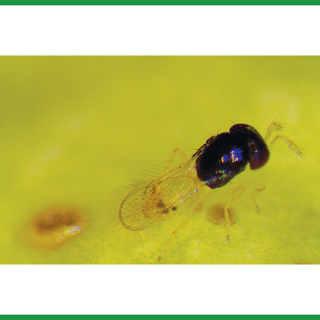Thripobius
Item No. BIOTHRJAV
Most effective when used in greenhouses + but this beneficial can also be effective outside depending on climate and the size of the pest population.
Description
Most effective when used in greenhouses + but this beneficial can also be effective outside depending on climate and the size of the pest population.
Specifications
- Sales UOM Pack Qty
- 1
- Brand Name
- Biological Services
- Country of Manufacture
- Australia
- Product Range
- Biological Controls
- Category
- Thrips
- Sub Category
- Greenhouse thrips
Thripobius
Specifications
- Sales UOM Pack Qty
- 1
- Brand Name
- Biological Services
- Country of Manufacture
- Australia
- Product Range
- Biological Controls
- Category
- Thrips
- Sub Category
- Greenhouse thrips
Description
Most effective when used in greenhouses + but this beneficial can also be effective outside depending on climate and the size of the pest population.
